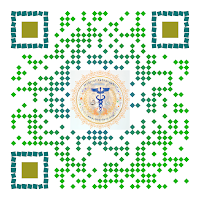A
hip fracture is one of the most serious consequences of falls in the elderly,
with a mortality of 10% at one month and 30% at one year.
There
is also significant morbidity associated with hip fractures, with only 50%
returning to their previous level of mobility and 10 to 20% of patients being
discharged to a residential or nursing care placement.
Up
to 20% of patients with hip fractures will develop a postoperative complication,
with chest infections (9%) and heart failure (5%) being the most common.
Developing
heart failure following a hip fracture has a very poor prognosis, with a one-year
mortality of 92% and a 30-day mortality of 65%.
For
chest infections, the one-year mortality is 71% and 43% within 30 days.
The
effect of timing of surgical intervention on mortality remains a controversial
topic. Various studies have demonstrated an improvement in mortality following
early surgical intervention, but other studies did not. However, there is
widespread evidence that early operative intervention does improve outcomes,
including morbidity (especially infections), pressure sores, pain, and length
of stay.

.jpg)
,%20especially%20in%20the%20early%20stages.%20When%20present,%20symptoms%20are%20vague%20&%20nonspecific.%20Early%20symptoms%20-%20severe%20fatigue%20(74%25),%20impotence%20(45%25),%20arthralgia%20(44%25).%20Most%20common%20s.jpg)
















